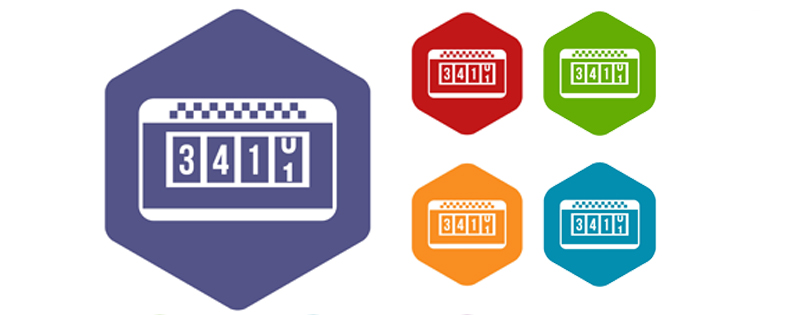

Counter Culture, Revisited
by Angie Ash, Executive Vice President
Flabbergasted. That was me at JCK when retailer after retailer we met with said they don’t use a door counter. Or the answer was, “Oh, yeah. We have one, but we haven’t been keeping track.” “I guess we should look into that again.” I am honestly shocked at how many retailers aren’t taking advantage of a great data tool. At Fruchtman, we believe a traffic counter is a must.
The door counter is a retail store basic. They’re great to not only monitor daily traffic to your store but also to effectively track traffic increases during promotions. Big sale coming up? Bridal event? All reasons to be examining your data to see if an uptick in traffic can be correlated with your marketing. If you’re asking how people heard of you, that’s a great why-in question. Even better if they bring your postcard or digital screenshot offer in with them. But if you’re not looking at the basic store traffic information you can glean from a retail door counter, you’re not really examining true opportunities.
Today’s door counter models are much more sophisticated, just like mobile phones of years past have become smartphones with advanced capabilities. Many have software that can sync and integrated with your POS system. Trax is an example of one and TrafSys is another. Models start at just $99 and go up from there depending on the level of sophistication desired. As far as installation goes, your local security company can assist you if you need help.
Other retail store best practices? Assign the task of reading the counter each day to an employee who can fit it into a daily routine and can work their way around a spreadsheet. A good rule of thumb for accuracy is to divide the daily count by 2.1 to account for employees and vendor salespeople, the UPS driver, and the like. If you get a lot of non-business related incremental traffic, you may need to change this factor. Divide the number of people who come in by the number of sales and the number of repairs to see the closing ratio. Put it all in a spreadsheet and make it part of your store process to review monthly. You’ll be amazed at what you can learn from your data — and as flabbergasted as me as to why you didn’t start using one sooner.
Looking for more retail advice? Email suits@fruchtman.com.




